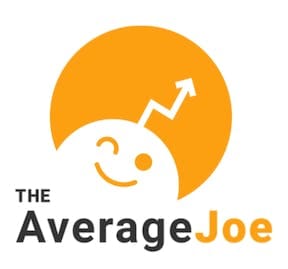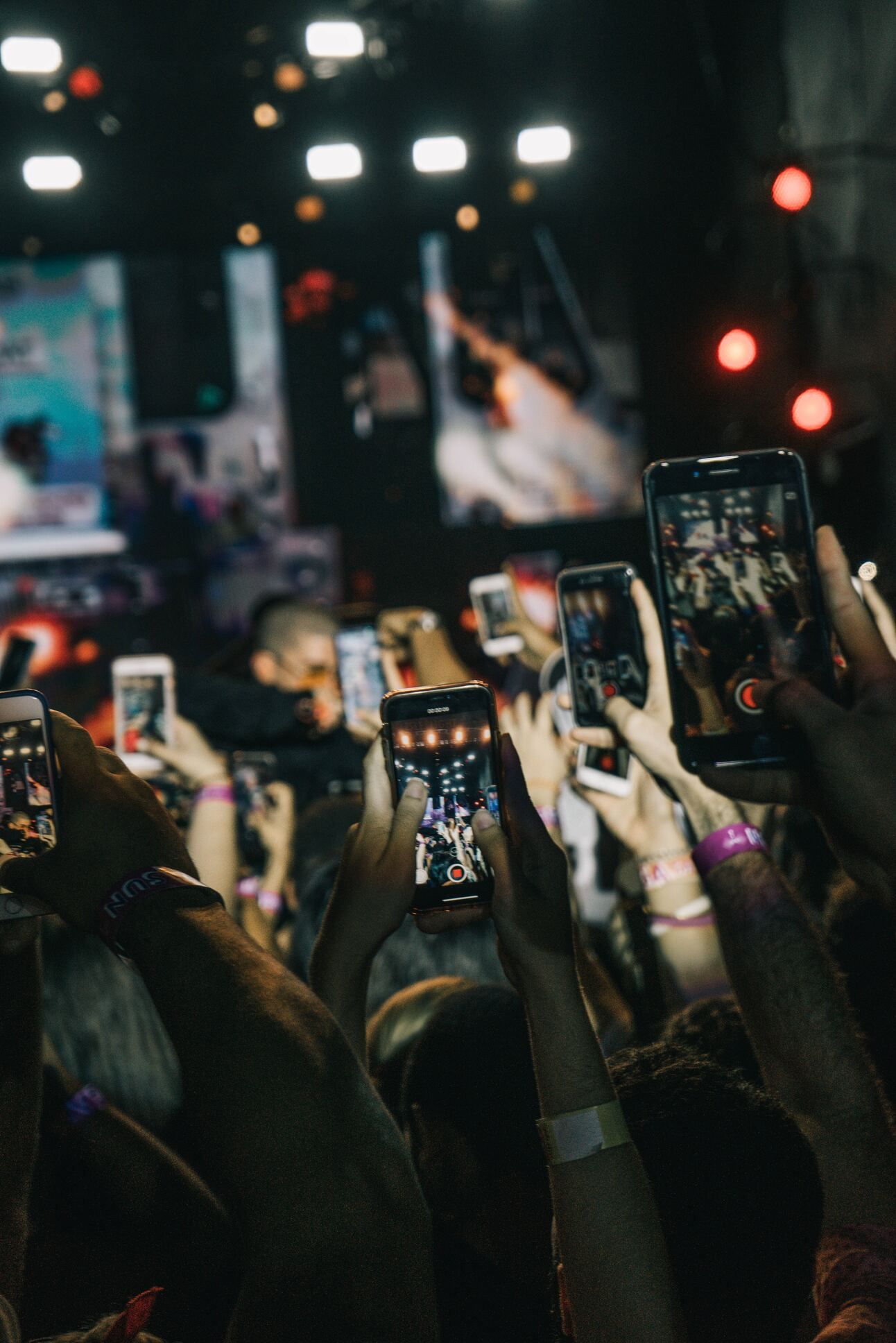Good morning, and thanks for spending part of your day with Extra Points.
I hope you all had a wonderful holiday weekend. I have two quick housekeeping notes before today’s story:
Thanks to everybody who has been beta testing Athletic Director Simulator 3000, our honest-to-goodness computer game about being an athletic director. Thanks to your efforts, we’ve fixed dozens of bugs and typos, added some new quality-of-life features, and more questions. Premium EP subscribers can continue to play the game here. Our goal is to have the game finished and ready for some kind of larger release by the end of July. We’d love your feedback!
We might have another less-than-typical publishing schedule this week, and not just because of the holiday. My daughter is having a medical procedure tomorrow, and I will be in the hospital with her for a few days until she comes home. I don’t share this to be dramatic (it’s not an especially dangerous or risky procedure), but because I really don’t know what to expect. Maybe the hospital WiFi is great, everything goes according to plan, and you get newsletters every day. Maybe that isn’t the case. We’ll just have to see! I appreciate your patience.
Okay, let’s get to it.
I had my head down working on ADS3000 and missed some of the news cycle last week, but I was around enough to see a big NIL story that broke contain from my isolated little college sports weirdo neck of the internet. Last week, The Free Press published a story by Ethan Strauss on former Miami basketball players Hanna and Haley Cavinder called ‘The NCAA has a ‘Hot Girl’ Problem.’
The piece tried to highlight the potential tension of high earners in the WBB space coming not from the most elite athletes on-the-court, but ones who enjoyed a certain ‘look’…specifically, blondes (in the story, he compares the content the Cavinders produce to ‘OnlyFans with a hint of wellness’). The Cavinder twins, for what it’s worth, strongly criticized the story and claimed that Strauss interviewed them under false pretenses and that the story trafficked in hurtful, sexist tropes.
I understand why the Cavinders specifically, and the idea of sexualization and sexism around NIL, evoke such strong emotions.
I don’t really have any interest in trying to relitigate this particular story line by line, but reading this, and the responses from many other thoughtful writers and thinkers, brings me to a few big takeaways. For one..
There is no such thing as ‘the NIL market’ and we do readers a disservice if we pretend there is one
I think Strauss tried to allude to this in the story, but I think it’s worth making absolutely crystal clear. There is no single, unified NIL market.
There is one market, primarily but not exclusively, for football and men’s basketball players, where donors funnel large amounts of money via collectives to encourage athletes to either attend a particular school or remain there. The payments are not about the individual marketability for the athletes. These are not brand deals, these are not endorsement contracts, and they’re not meaningful about the name, image or likeness of the athlete. Call it ‘roster value’, call it Bagman-ing, call it a tiny bit of financial justice for economically exploited athletes. But it shows up in print as NIL.
Then there is another market, an actual NIL market, where brands, camps, and other firms engage in economic activity with college athletes because they think doing so will provide professional and economic value. When I pay an athlete $350 bucks to write a newsletter, I am participating in this marketplace. When an energy drink partners with the Cavinders because they want access to their gazillion-person TikTok following, they’re in this marketplace.
The bagman market values athletic success above anything else. The NIL market doesn’t actually care how good of an athlete you are—they care about the athlete’s ability to deliver an audience. It’s a totally different skill set.
These are two completely different markets, with different actors, different rationale, and different ways to measure success. Somebody like the Cavinders, Livvy Dunne, Mitchell Pehlke, or Jack Betts, shouldn’t be compared to the “NIL Valuations” of somebody like Drake Maye or Nick Singleton. It isn’t apples to apples. It’s apples to rocket ships.
I don’t think it’s fair to hate on the Cavinders
I suspect a least a teensy bit of some of the pushback that the Cavinders seem to attract, specifically, is because of the kind of content they produce. They’re not dropping massive tweet threads, they’re not making YouTube documentaries, they’re not running a Substack or producing basketball analysis. They’re influencers. They’re Tiktokers.
Friends, I’m a boring, out-of-touch, 36-year-old dad. I feel pretty comfortable saying that I am not the target audience for Cavinder Twin Content…or for that matter, most influencer content, generally. What they produce, and quite frankly, what a lot of current athletes produce, is not the sort of stuff that is a regular part of my content diet.
But just because something isn’t for me doesn’t mean that it doesn’t take a lot of hard work. You don’t build a two-million-dollar plus business just because you’re cute and blonde and play basketball. There’s a difference between building a large social media audience and building a legitimate business, and I think it’s very clear that the Cavinders (and those around them) have put in the work to create the latter.
Insinuating that the only reason they have what they have is because of how they look isn’t very fair to them.
There are equity problems with brand-based NIL because influencer marketing has equity problems.
Strauss points out that “conventionally attractive” and white athletes enjoy some advantages in this marketplace that women of color do not enjoy. This isn’t a concern unique to Strauss: I’ve heard Black and Brown athletes tell me this, I’ve heard it from athletic directors and conference offices, from employees of NIL software companies, and more. We wrote about potential equity problems on this very website back in August of 2021. My former colleague, Natalie Weiner, also wrote about this for FanByte back in 2021.
Shoot, even the twins understand this! Via the story:
…even though they think it’s unfair that the mostly black top scorers in women’s college basketball make less than they do—including Louisiana State University’s Angel Reese and Flau’jae Johnson—that’s not stopping them.
“Obviously, everyone brings something different to the table. I think that all women should be empowered in a male-dominant world, especially minorities,” Haley says.
Hanna adds: “I mean, obviously, yes, this is a touchy subject, but I think that we are privileged, in a way. Obviously, we don’t deal with the same things that other women deal with or other people deal with, and that’s just how our world is, and it’s awful.”
Now, is this an NCAA problem? I’m not sure that it is, since the NCAA does not have the authority or capacity to try and force equality in brand-based NIL outcomes. Absent more direct clarification from the federal government, it isn’t immediately clear exactly what the Title IX implications are from disparities (brand, collective, or otherwise) in NIL earnings.
This isn’t just a college sports issue. The WNBA has a real problem with promoting their Black star athletes. The USWNT has had similar problems. There’s good reason to think that there are equity issues in influencer marketing as an industry, even beyond sports.
Schools, collectives, and agents can be a part of the solution by making sure that they are acknowledging marketplace realities and taking extra effort to find opportunities for all kinds of athletes. But to paraphrase a smart thread here from Front Office Sports reporter Amanda Christovich, these are systemic, societal issues.
For the brand-based NIL marketplace to really work, I believe there need to be multiple pathways to success
My social media network of choice is Twitter. Part of that is because I’ve been using Twitter for years to build a source network, promote my published work, and read what other reporters are saying. But it’s also a network where it doesn’t matter that I’m too ugly for Instagram. It’s the perfect setup for an over-caffeinated, clinically-depressed news junkie like me to thrive.
I’ve been in the sports media business now for over a decade, and mostly as an independent for the last three, and thankfully, nobody ever really expected me to look like a chiseled former professional athlete….or any particular way at all. As Amanda pointed out in her thread, women often don’t get that same grace in this business.
The last thing the internet needs is another dude like me opining as to what is really good for women, or what feminism really is, so I’m not going to do it. If an athlete is comfortable making a certain kind of content or approaching NIL in a particular way, and if they feel that aligns with their values, go for it.
My concern is primarily about choice. For the brand-based NIL market to really flourish, I strongly believe the world needs to see women athletes of all races, sexual orientations, body types and personal interests find success. That doesn’t have to mean success in social media influencing either….it could be success in political and charitable organizing, entrepreneurship, Twitch streaming, athletics analysis, or any number of creative and business outlets.
I would not want an athlete who doesn’t look like the Cavinders to think, “well, I don’t look like that, so NIL isn’t for me,” or “I’m not comfortable creating or sharing a certain type of content, so NIL isn’t for me,” or “I don’t want to spend 30 hours a week hustling on TikTok, so NIL isn’t for me.” I think that would be a loss for athletes, businesses, and fans.
I don’t think it’s the fault of folks like the Cavinders if this marketplace has problems. I don’t fault any athletes for trying to operate in this world, and I don’t think it’s fair to them to insinuate that their success is only because of their looks.
But that doesn’t mean that the market can’t be better. And over time, I hope it does.
This newsletter is brought to you in part by The Average Joe:

The "IKEA instructions for investing" to help you become a better investor. Market trends & insights that are simple, concise, and impactful.
Subscribe (Extra Points earns a commission for every subscription generated from this link)
If you enjoy Extra Points, please share it with your friends, coworkers, Twitter followers and more. You can earn great prizes for referring readers, starting at just two referrals!
If you have ideas for future Extra Points newsletters or #tips you want to share, our new tips line is [email protected]. To sponsor a future Extra Points newsletter, please email [email protected]. I'm also @MattBrownEP on Twitter, and @ExtraPointsMB on Instagram.


















